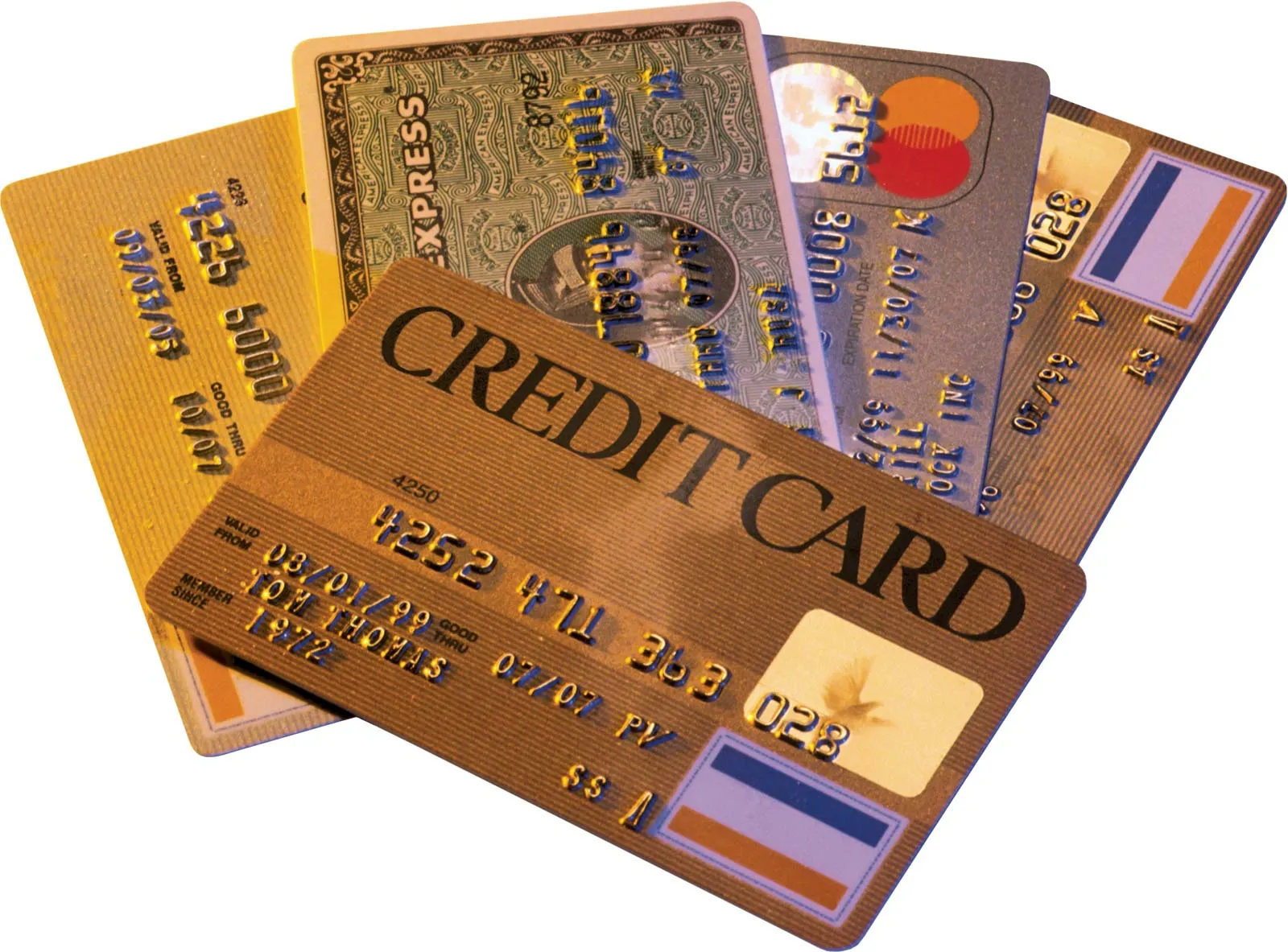Last Updated on July 1, 2024 by admin
Everyone pays bills. From feeding to utility bills to what-have-you. There’s no escaping it. But sometimes, those credit card bills become way bigger than one can handle. Truly, dealing with credit card debt can be quite overwhelming. If this is your situation, then you need to know the many options available to you. Credit card debt consolidation is one you might want to consider.
Benefits of Consolidating Credit Card Debt
Consolidating credit card debt can offer several advantages, helping you regain control of your finances and potentially save money. Here are some key benefits:
-
Lower Interest Rates:
- One of the most significant advantages is the potential to secure a lower interest rate. By consolidating multiple high-interest credit card balances into a single loan or balance transfer card with a lower rate, you can save a substantial amount of money on interest payments over time.
-
Simplified Payments:
- Instead of juggling multiple payments with varying due dates and interest rates, you’ll only have one monthly payment to manage. This simplifies your financial life and makes it easier to track your progress toward becoming debt-free.
-
Faster Debt Payoff:
- With a lower interest rate and a consolidated payment, you can potentially pay off your debt faster. This is because more of your monthly payment goes towards the principal balance, rather than just interest charges.
-
Improved Credit Score:
- Consistently making on-time payments on your consolidated debt can help improve your credit score. As your credit utilization (the amount of credit you use compared to your total available credit) decreases, your score can increase, leading to better financial opportunities in the future.
-
Reduced Stress and Better Financial Control:
- Managing multiple credit card bills can be stressful and overwhelming. Consolidating your debt can alleviate this stress and give you a clearer picture of your financial situation, empowering you to take control of your debt and work towards a healthier financial future.
Important Considerations:
While consolidating credit card debt can be beneficial, it’s crucial to consider the following:
- Fees: Some consolidation methods, such as balance transfer credit cards, may come with fees that could offset the interest savings. Carefully evaluate the costs involved before making a decision.
- Interest Rates: Ensure that the interest rate on your consolidated debt is lower than your existing rates to reap the benefits of consolidation.
- Disciplined Spending: Consolidation is not a solution for overspending. It’s essential to change your spending habits and avoid accruing new debt while paying off the consolidated amount.
If you’re considering consolidating your credit card debt, research the different options available, compare terms and fees, and choose the method that best suits your financial situation. Consulting with a financial advisor can also be helpful in making an informed decision.
What is Credit Card Debt Consolidation?
Credit card debt consolidation is a financial strategy where you combine multiple high-interest credit card debts into a single, new loan or credit line with a lower interest rate. This simplifies your debt repayment by having only one monthly payment instead of multiple payments to different creditors.
The primary goal of credit card debt consolidation is to reduce the overall interest you pay and potentially pay off your debt faster. It can also help simplify your finances and improve your credit score over time if you make consistent and timely payments on the new loan.
Here are some common methods for consolidating credit card debt:
- Balance Transfer Credit Card: Many credit card companies offer introductory 0% or low APR balance transfer offers. You transfer your balances from high-interest cards to the new card and pay them off during the promotional period.
- Debt Consolidation Loan: This is a personal loan you take out specifically to pay off your credit card debt. It usually comes with a fixed interest rate and a set repayment term.
- Home Equity Loan or Line of Credit (HELOC): If you own a home, you can borrow against the equity in your home to consolidate debt. This option may offer lower interest rates but puts your home at risk if you fail to repay.
- Debt Management Plan: This is a formal program offered by credit counseling agencies. You make a single monthly payment to the agency, which then distributes payments to your creditors.
When considering credit card debt consolidation, it’s important to:
- Compare interest rates and terms: Look for the lowest interest rate and fees possible.
- Check your credit score: A good credit score will qualify you for better loan terms.
- Consider the repayment period: Choose a repayment term that fits your budget.
- Avoid accumulating new debt: Focus on paying off the consolidated debt and avoid using your credit cards excessively.
It’s important to note that debt consolidation is not a magic solution. It’s a tool that can help you manage your debt more effectively, but it requires discipline and commitment to change your spending habits. If you’re struggling with debt, consider seeking advice from a reputable credit counselor or financial advisor.
.
Also read: 10 best payday loan Apps That Let You Borrow Money In UK
Five Ways to Consolidate Credit Card Debt
There are several ways to Consolidate your debt, each bearing its benefits. You get to determine what method works best for you. To form a balanced opinion, you should put into consideration how much debt you owe, your credit score, and a host of other factors.
Whatever you do, ensure to go for the best ways to consolidate debt without hurting your credit long-term.
-
Balance Transfer Credit Card: This method involves transferring your high-interest credit card balances to a new card with a 0% or low introductory APR. This allows you to pay down your debt without accruing additional interest during the promotional period. Be sure to read the terms and conditions carefully, as there may be balance transfer fees and a higher interest rate after the introductory period ends.
-
Personal Loan: A personal loan can be used to consolidate credit card debt at a potentially lower interest rate. You receive a lump sum, pay off your credit cards, and then make fixed monthly payments on the personal loan. Shop around for the best interest rates and terms before choosing a lender.
-
Home Equity Loan or Line of Credit (HELOC): If you own a home, you can borrow against its equity to consolidate your credit card debt. These options often have lower interest rates than credit cards or personal loans. However, they come with the risk of losing your home if you fail to repay the loan.
-
Debt Management Plan (DMP): A DMP is offered through a credit counseling agency. You make a single monthly payment to the agency, which then distributes the payments to your creditors. This can help you get lower interest rates and avoid late fees, but it may take longer to pay off your debt.
-
401(k) Loan: If your employer’s retirement plan allows it, you can borrow from your 401(k) to consolidate debt. This option may have lower interest rates, but it comes with risks, such as early withdrawal penalties and potential negative impact on your retirement savings.
Important Considerations:
- Credit Score: Your credit score will impact the interest rates and terms you qualify for. A higher credit score generally leads to better options.
- Fees: Be mindful of balance transfer fees, origination fees, or other associated costs.
- Repayment Plan: Create a realistic budget and stick to your repayment plan to avoid falling back into debt.
Remember, consolidating credit card debt is not a quick fix. It’s a tool that can help you manage your debt more effectively, but it requires discipline and commitment to change your spending habits.
Read: 50 largest banks in the world by assets
Tips for Successful Credit Card Debt Consolidation
Credit card debt consolidation can be a powerful tool for managing your debt, but it’s important to approach it strategically to ensure success. Here are some essential tips to maximize the benefits of credit card debt consolidation:
-
Create a Realistic Budget and Stick to It:
- Before consolidating, thoroughly assess your income and expenses to create a realistic budget.
- Identify areas where you can cut back on spending to free up more money for debt repayment.
- Sticking to your budget is crucial to avoid accumulating new debt while you work to pay off your consolidated debt.
-
Choose the Right Consolidation Method:
- Research different consolidation options, such as balance transfer cards, personal loans, home equity loans, or debt management plans.
- Compare interest rates, fees, and terms to find the best fit for your financial situation and goals.
- Consider seeking advice from a financial advisor if you need help evaluating your options.
-
Prioritize Debt Repayment:
- Make timely payments on your consolidated debt every month.
- If possible, pay more than the minimum amount due to accelerate your debt payoff and save on interest.
- Avoid using your credit cards for new purchases until you’ve paid off the consolidated debt.
-
Resist the Temptation to Accumulate New Debt:
- It’s easy to fall back into old spending habits once your credit cards have been paid off.
- Resist the urge to use your newly available credit and focus on maintaining a disciplined budget.
- Consider cutting up or freezing your credit cards to avoid temptation.
-
Seek Professional Help if Needed:
- If you’re struggling to manage your debt or need guidance on choosing the right consolidation method, don’t hesitate to seek help from a reputable credit counselor.
- They can provide personalized advice and support to help you achieve your financial goals.
-
Monitor Your Progress:
- Track your debt repayment progress regularly to stay motivated and make adjustments if needed.
- Celebrate milestones along the way to reinforce your commitment to becoming debt-free.
By following these tips, you can increase your chances of successfully consolidating your credit card debt and achieving financial freedom. Remember, debt consolidation is a tool, not a quick fix. It requires discipline, commitment, and a willingness to change your spending habits to achieve long-term financial success.
What are the risks of consolidating credit card debt?
While credit card debt consolidation can offer various benefits, it’s important to be aware of the potential risks involved:
-
Possibility of Higher Interest Costs:
- If you don’t qualify for a lower interest rate than your current credit cards, consolidation may not save you money. In fact, you might end up paying more in interest over time if the repayment period is longer.
- Be sure to carefully compare interest rates and fees before deciding to consolidate.
-
Risk of Accumulating More Debt:
- Consolidation doesn’t eliminate the root cause of debt problems. If you haven’t changed your spending habits, you may end up racking up new credit card balances while trying to pay off the consolidated debt.
- It’s crucial to create a budget and stick to it to avoid falling back into old patterns.
-
Fees and Costs:
- Some debt consolidation methods, like balance transfer cards, can come with balance transfer fees, annual fees, or other hidden costs.
- Factor in these fees when comparing options to ensure consolidation is truly saving you money.
-
Potential Impact on Credit Score:
- Applying for new loans or credit cards to consolidate your debt can temporarily lower your credit score due to hard inquiries.
- Additionally, closing old credit accounts as part of consolidation can shorten your credit history, which might also slightly impact your score.
-
Possible Loss of Benefits and Rewards:
- If you consolidate your debt using a balance transfer card, you might lose any rewards or benefits associated with your original credit cards.
- Weigh the potential interest savings against any rewards you might be giving up.
-
Risk of Losing Collateral (HELOC):
- If you use a home equity loan or line of credit (HELOC) for consolidation, you’re putting your home at risk. If you fail to repay the loan, you could face foreclosure.
-
Not Addressing Underlying Issues:
- Debt consolidation is a financial tool, not a behavioral change. It doesn’t address the root cause of overspending or financial mismanagement.
- Consider credit counseling or financial therapy to address underlying issues and develop healthier spending habits.
By understanding these risks and making informed decisions, you can determine if credit card debt consolidation is the right strategy for you. It’s essential to weigh the potential benefits against the risks and choose a consolidation method that aligns with your financial goals and circumstances
FAQS
Q1: What is credit card debt consolidation?
A1: Credit card debt consolidation is a financial strategy where you combine multiple high-interest credit card debts into a single loan or credit account with a lower interest rate. This makes it easier to manage your debt and potentially save money on interest.
Q2: What are the different ways to consolidate credit card debt?
A2: There are several ways to consolidate credit card debt:
- Balance Transfer Credit Cards: Transfer your balances to a card with a 0% or low introductory APR.
- Debt Consolidation Loans: Take out a personal loan to pay off your credit card balances.
- Home Equity Loan or Line of Credit (HELOC): Borrow against the equity in your home (if applicable).
- Debt Management Plan (DMP): Work with a credit counselor to create a repayment plan.
Q3: What are the benefits of consolidating credit card debt?
A3: The benefits of debt consolidation include:
- Lower Interest Rates: Potentially save money on interest payments.
- Simplified Payments: One monthly payment instead of multiple.
- Faster Debt Payoff: Pay off debt sooner with lower interest.
- Improved Credit Score: On-time payments can boost your score.
Q4: What are the risks of consolidating credit card debt?
A4: There are some risks to consider:
- Fees: Some consolidation methods have fees.
- Variable Interest Rates: Rates may increase after the introductory period.
- Temptation to Overspend: You may be tempted to use your credit cards again.
Q5: How do I choose the best debt consolidation method?
A5: Consider these factors:
- Your credit score: Higher scores qualify for better rates.
- Interest rates and fees: Compare offers from different lenders.
- Repayment period: Choose a term that fits your budget.
- Your financial goals: Select a method that aligns with your goals.
Q6: Should I seek professional help for debt consolidation?
A6: If you’re struggling with debt, it’s advisable to consult a credit counselor or financial advisor for personalized guidance.
Q7: Can I consolidate credit card debt with bad credit?
A7: It’s possible, but you may have limited options and higher interest rates. Consider secured loans or debt management plans.
Q8: What should I do after consolidating my debt?
A8: After consolidating, focus on paying off the debt and avoid accumulating new balances. Create a budget and stick to it.















